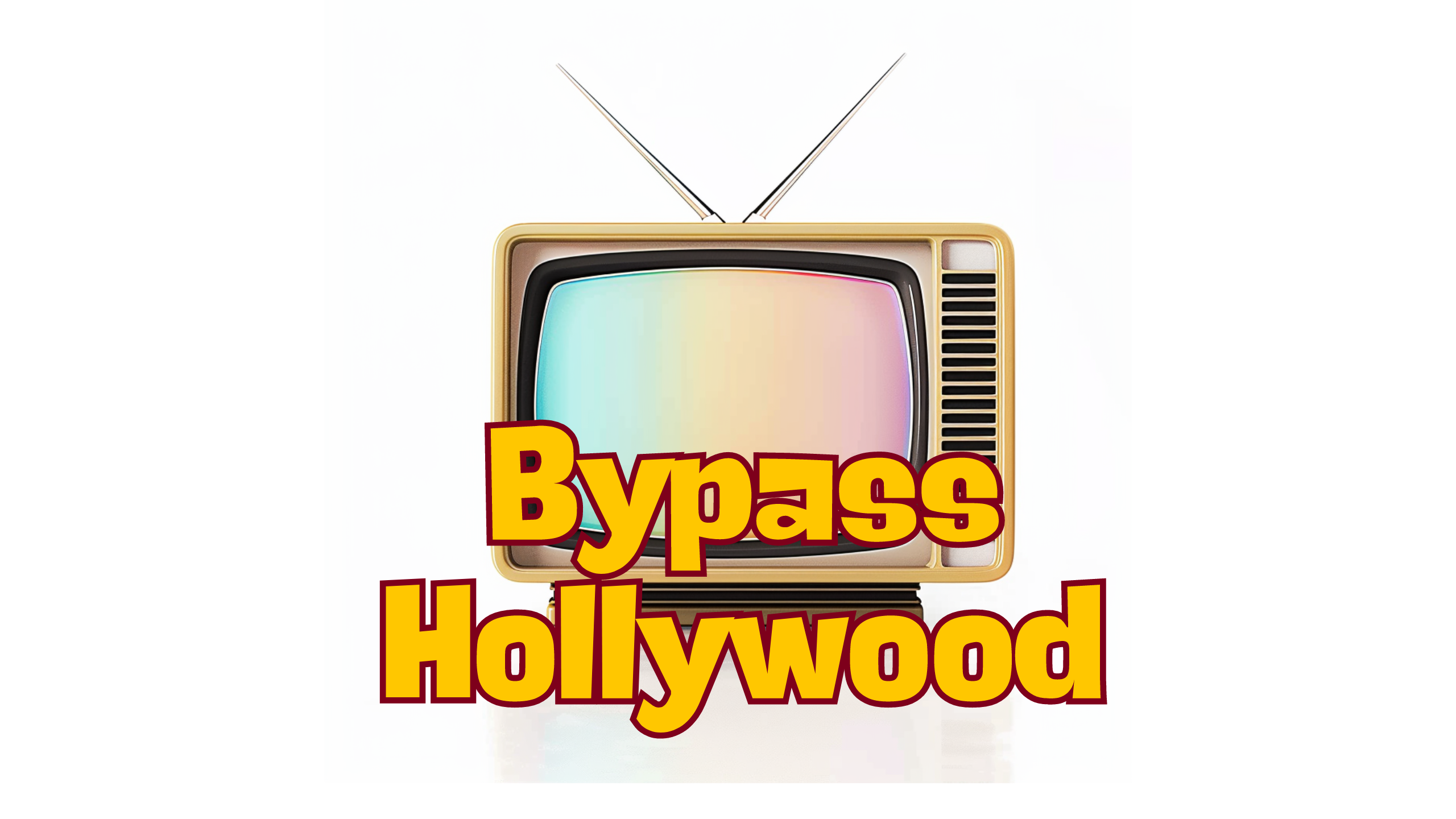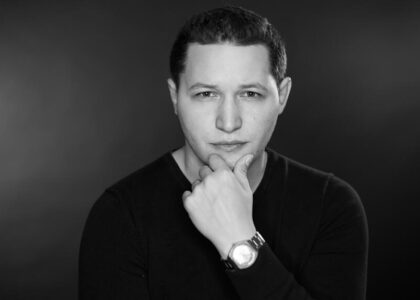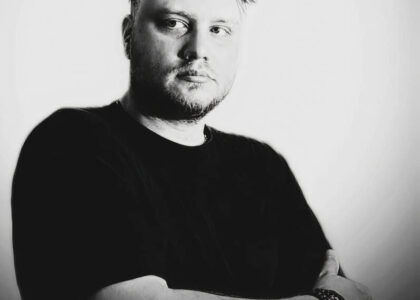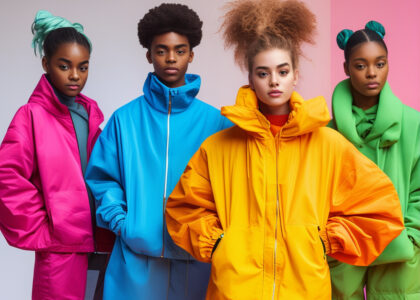

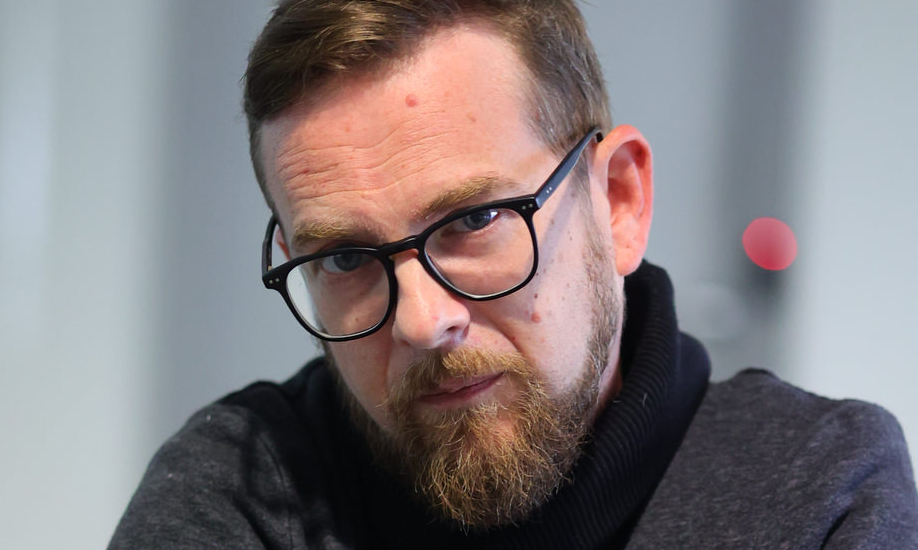
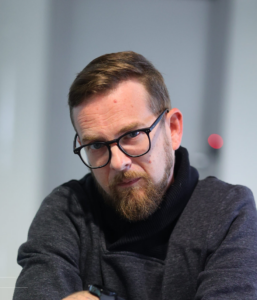 In a world where technology is rapidly reshaping the creative landscape, Luka Tisler stands at the forefront as a visual AI specialist and content creator. As AI continues to stir both excitement and controversy within the artistic community, Luka offers a unique perspective on how this technology is opening doors for creatives, allowing them to pursue their passions in ways that were previously unimaginable. He is first and foremost an artist, who understands the challenges and controversy around using AI, but in this interview Luka argues that this is an extraordinary opportunity for artist who are willing to embrace it and offers a fair and equitable monetization business model that he says could transform the industry.
In a world where technology is rapidly reshaping the creative landscape, Luka Tisler stands at the forefront as a visual AI specialist and content creator. As AI continues to stir both excitement and controversy within the artistic community, Luka offers a unique perspective on how this technology is opening doors for creatives, allowing them to pursue their passions in ways that were previously unimaginable. He is first and foremost an artist, who understands the challenges and controversy around using AI, but in this interview Luka argues that this is an extraordinary opportunity for artist who are willing to embrace it and offers a fair and equitable monetization business model that he says could transform the industry.
What did you do before AI became popular? What’s your background?
My background spans 18 years in various areas. My career is quite nonlinear; I started late, in my early thirties. I began with video production, moved on to post-production, visual effects, compositing, then to motion graphics, motion design, graphic design, and 2D animations. Everything visual is my domain.
How do you use AI now? What sets you apart from others who might just find an image and edit it?
I began about two years ago with Midjourney and Stable Diffusion. Like most AI creators, I started exploring, but I wanted more. Stable diffusion is a rabbit hole for the curious, and I dove deep. I moved on to ComfyUI, which opened up even more possibilities. I’m constantly discovering new workflows and testing emerging technologies. My curiosity keeps me at the forefront, always learning and applying my knowledge to real projects.
You are creative yourself. What have you been creating? What tools have you been using?
I’ve been creating a lot of imagery and, more recently, AI videos. I’ve been into moving pictures since the early stages of AI, starting with DiscoDiffusion, then WarpDiffusion, AnimateDiff, and now with tools like Runway, Luma, and Kling. I’m getting a lot of inquiries for videos, especially for events and artists.
Many artists are concerned about AI “stealing” snippets of their work and cobbling it together. What are your thoughts on their criticism?
I understand the concerns. These models were created without the consent of artists, which is an issue. But Pandora’s box is open now. While some artists’ styles are embedded in the models, copying doesn’t lead far—it’s just a reproduction. AI, like humans, learns by exposure. Just as we are influenced by what we see in galleries, AI recreates based on what it has been trained on, guided by human input. Critics often haven’t tried creating with AI; it’s not just a couple of words and a button. It’s a process, and developing something truly special requires a deep understanding of what you want to create.
If you were to fix the models to make them fair to the original artists whose work was sampled, what would you suggest?
It’s a tough question, but I believe we could learn from the music industry. Sampling started in the late 70s, early 80s, and now there’s a system in place where artists get paid when their work is used. A similar approach could work for AI. Artists could get a fair share of the usage. Big companies aren’t focused on this right now, but regulations are needed. AI is moving fast, and we’ll need some form of guidance, though it might get messier before it gets sorted out.
Looking ahead two to three years, where do you see AI, particularly in video, heading?
Three years is a long time in this space. Just a year ago, the first text-to-video models were emerging, and now we have incredible quality. We’re on an exponential curve, and things are accelerating. In a few years, we might see video on demand where you can pick the artist, genre, and style, and generate a movie tailored just for you. AI will understand your preferences and create something uniquely suited to you. We’re already seeing tools that produce hyper-realistic images, and video is catching up fast.
You’ve managed to make a living working in AI. Can you share some of your success and what it looks like to make a career out of this?
I started last March, quit my job, and dedicated myself to learning AI. I began hosting workshops, teaching others about mid-journey and stable diffusion. People noticed the potential early on and hired me to teach them. As I put more work into my LinkedIn, the word spread, and I started getting more inquiries, collaborations, and work. I have several clients on retainer now, and the work keeps coming. It’s been a lot of trial and error, but everything paid off.
Who are these clients? Are they companies, individuals, or hobbyists?
They’re agencies, production studios, VFX companies, animation companies, documentary makers—a wide range of interesting people. I’m working on smaller projects with some, while others are bigger, ongoing collaborations.
Is there anything you’d like people to know about AI that they might not understand or see as an opportunity?
It might seem scary now, but everything will be fine. We’ve been here before with the advent of cars, computers, and other technologies that disrupted industries. AI will create new opportunities, and it’s better to embrace it. It’s like hating computers in the mid-90s—eventually, everyone will be using AI, whether they like it or not.
